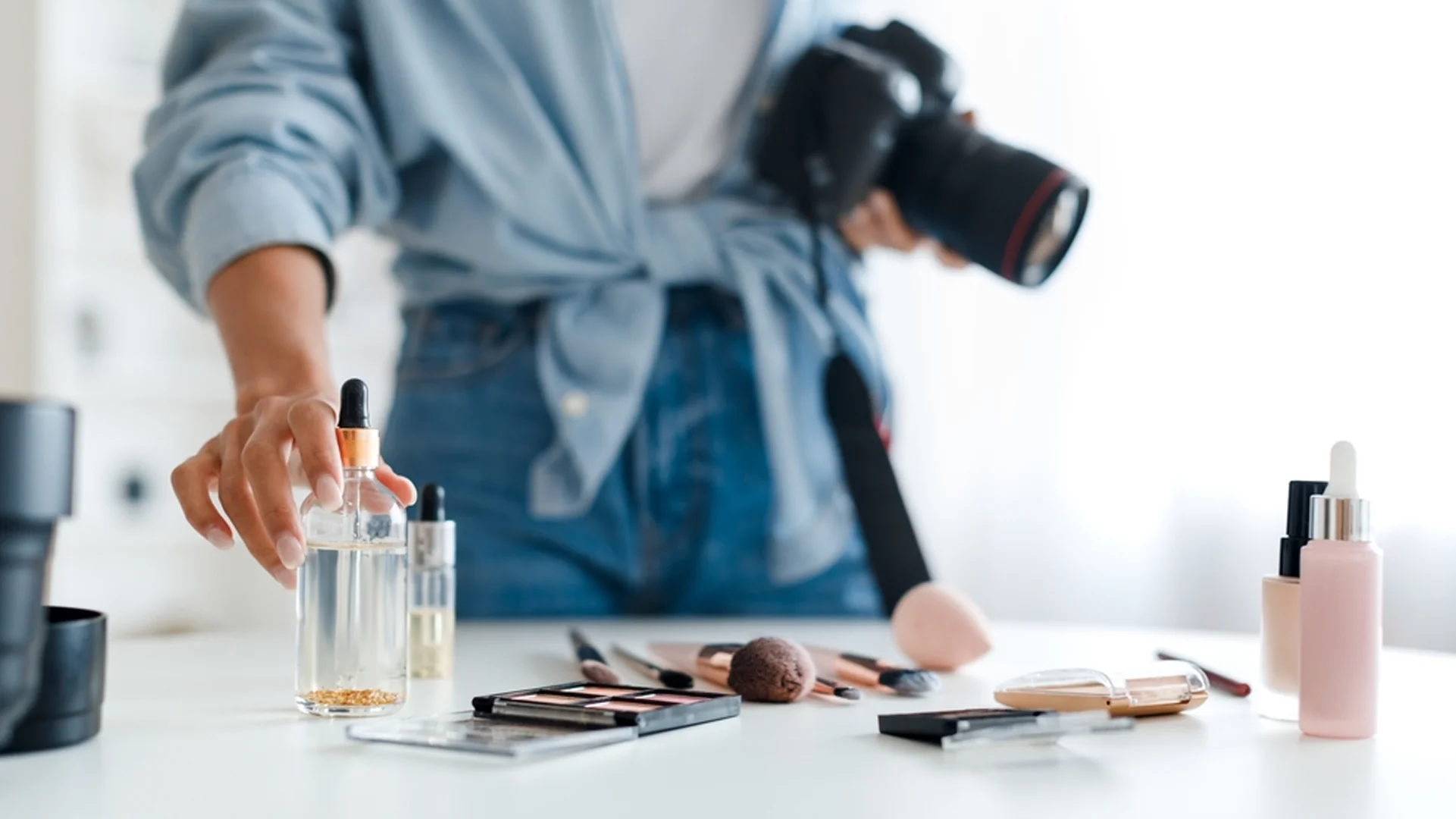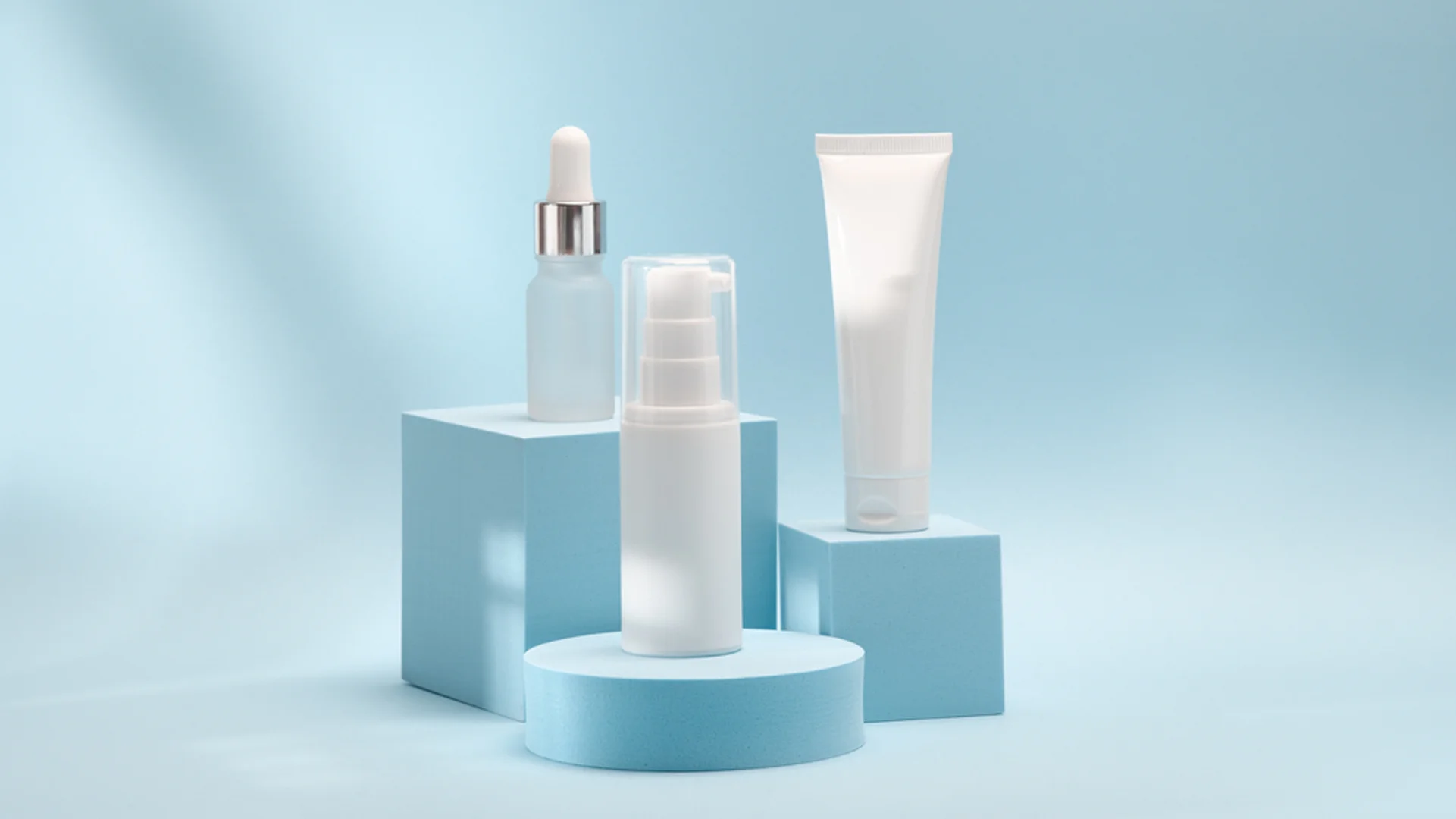A Guide On How To Take Good Product Photography

In the competitive world of online retail, captivating product photography is your secret weapon. In this comprehensive guide, we’ll walk you through the steps to capture high-quality product images that showcase your merchandise and entice potential buyers.
Understanding the Importance of Photography
Epilepsy is a clutter of the brain characterized by rehashed seizures. A seizure is ordinarily characterized as a sudden change of behavior due to a brief alteration in the electrical working of the brain.
Regularly, the brain ceaselessly creates minor electrical driving forces in a deliberate design. These motivations travel along neurons, the organization of nerve cells in the brain, and all through the entire body through chemical flag-bearers called neurotransmitters.
Setting Up Your Photography Space
Create a dedicated space. A well-organized setup ensures consistency and efficiency in your photography process.
Designate an area with ample light and space for your product photoshoots. A dedicated space helps maintain consistency in your images.
Choosing the Right Camera and Lens
Invest in the right tools. A good camera and lens combination is essential for capturing sharp and detailed product shots.
Choose a camera with manual settings for greater control. Invest in a lens suitable for product photography, preferably one with a low aperture for depth of field.
Optimizing Lighting for Maximum Impact
Light is your ally. Use natural or artificial light strategically to highlight your product’s features.
Experiment with different lighting setups to find what works best for your products. Soft, diffused light is often ideal to minimize harsh shadows.
Utilizing Props and Backgrounds Effectively
Props add context. Choose backgrounds and props that complement your product without distracting from it.
Select backgrounds and props that enhance your product’s story. A cohesive visual environment strengthens your brand identity.
Mastering Composition for Visual Harmony
Compose thoughtfully. Apply the rule of thirds, experiment with angles, and frame your product in an aesthetically pleasing way.
Explore various composition techniques to create visually appealing images. The rule of thirds and balanced framing are fundamental principles.
Focusing on Product Details
Detail matters. Capture close-up shots to showcase intricate features and textures.
Zoom in to highlight the finer details of your product. This allows customers to see the quality and craftsmanship up close.

Editing and Retouching: Polishing Your Shots
Upgrade without exaggerating. Utilize altering devices to refine color, differentiate, and sharpness for a cleaned last result.
Post-processing is basic. Utilize altering programs like Adobe Lightroom or Photoshop to fine-tune your pictures without relinquishing their realness.
Optimizing Images for Online Platforms
Size matters online. Resize your images to fit the platform’s requirements without compromising quality.
Understand the image size requirements of the platforms you’ll use. Compress images appropriately to ensure quick loading times.
Building a Consistent Visual Brand
Consistency breeds recognition. Maintain a uniform style and color palette across your product images to strengthen your brand identity.
Establish a visual brand language. Consistent styling creates a cohesive and recognizable presence for your products.
Leveraging Natural Light for Aesthetic Shots
Characteristic light is a game-changer. Utilize sunshine for delicate and natural-looking images.
Whenever conceivable, utilize characteristic light for your photoshoots. Position your setup close windows to advantage from delicate, diffused sunshine. of
Capturing Different Angles for Variety
Showcase versatility. Capture your product from multiple angles to provide customers with a comprehensive view.
Take shots from various perspectives to highlight different aspects of your product. This adds depth and engages potential customers.
Using a Tripod for Stability and Precision
Steady hands, steady shots. A tripod ensures stability, especially in low-light conditions.
Invest in a good tripod to eliminate the camera shake. This is crucial for achieving sharp and focused product images, especially in low-light situations.
Choosing the Right Background for Your Product
Backgrounds set the mood. Select backgrounds that complement your product and align with your brand’s aesthetic.
Experiment with different background options – from plain backdrops to textured surfaces – to find what enhances your product’s visual appeal.

Experimenting with Different Styles and Perspectives
Diversify your shots. Try various styles and perspectives to discover what resonates best with your audience.
Don’t be afraid to experiment. Different styles and perspectives can evoke different emotions and resonate with diverse customer preferences.
Your Visual Story Starts Here
Your item pictures are more than fair visuals – they’re a story holding up to be told. By taking after these tips, you’ll be well on your way to making compelling item photography that captivates your gathering of people.
Common Queries on Product Photography
Content